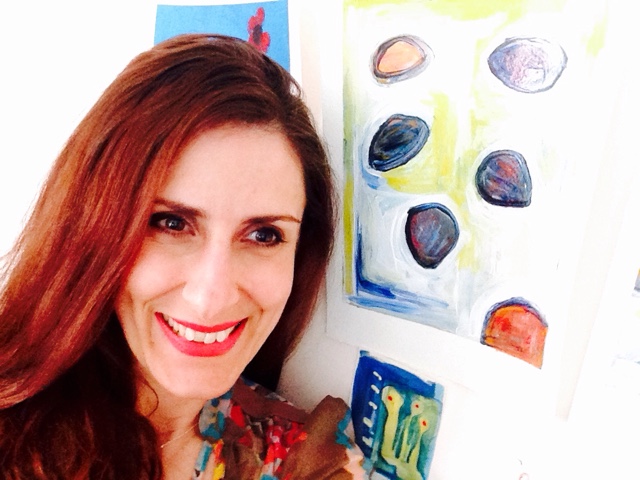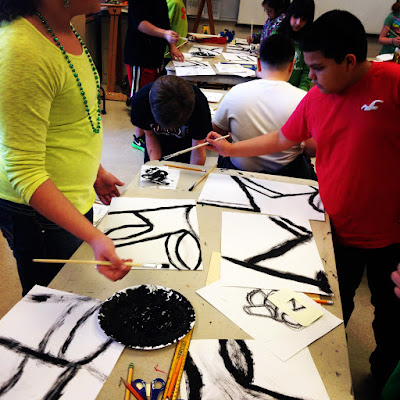About a month ago, three art teachers packed up a Subaru and headed to
Southern Illinois University-Edwardsville for the annual Art Education Conference.
And it was fabulous.
We talked, just about everything on the ride down, and sang to our hearts out, on the way home but before that we were leaders. We held workshops and presentations. We shared our accomplishments, techniques, lessons, ideas, email addresses and we felt a community start to grow.
It was invigorating discussing art education trends, theories, philosophies...
It was fabulous.
But on the first hot day of the season and as the trees were in full bloom,
the most fabulous time was when we paused.
the most fabulous time was when we paused.
I sat with one of the most energetic, driven and passionate art teachers (yes, you Jil) and sat....
I sat
and enjoyed a cup of coffee, outside, in the sunlight.
 We took off our shoes, and it felt good. We took a walk and just talked about...well...everything.
We took off our shoes, and it felt good. We took a walk and just talked about...well...everything.As we walked through the campus we came across an amazing sculpture, constructed out of big bold colorful Lego blocks, titled:
The Importance of Play

 This sculpture steered our conversation towards our own art-making and the issue of "playing around".
This sculpture steered our conversation towards our own art-making and the issue of "playing around".As art teachers, we thought, "how often do we gather to just make art?"
Not for samples in our classrooms, not to engage in a discussion about practice, not to collect our professional development credits....
but to just make art.
...to just be in a space with individuals who inspire creativity, think big and laugh a lot.
Not very often. In fact prior to this conference I held a workshop for art teachers at my school, in which I had planned the activities as to show that this is a 'valid professional development experience' (said in a very serious voice).
Yet, I threw my plan out the window because I realized we (the collective participants) didn't need another lesson at 5 o'clock on a Thursday evening. They needed to pause, to have a slice of pizza and to play.
It felt really good.


So, take 20 minutes to play:
doodle
paint
draw
color
sculpt
Anywhere and everywhere.
I did and I ended up like this:
...and made something like this...
xoxo, Smock you.


















